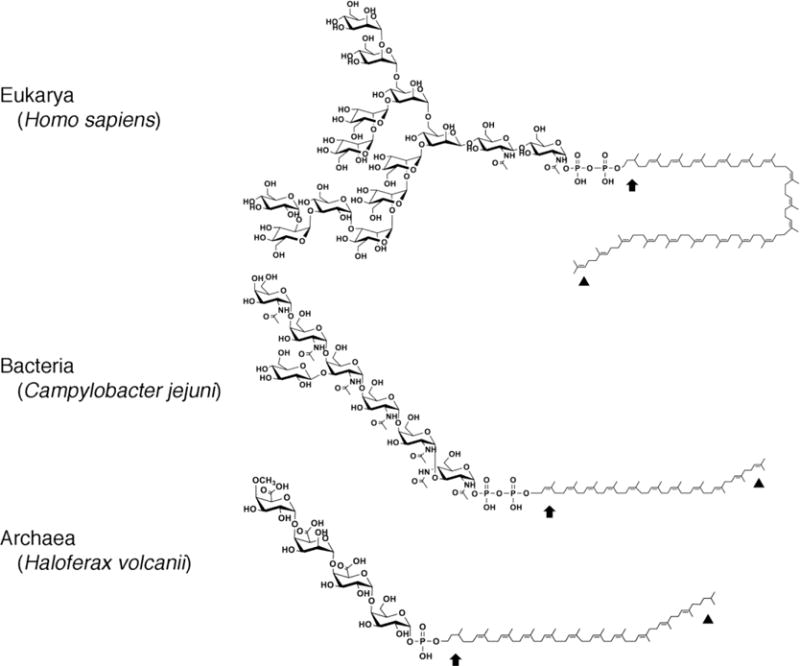Fig 1. Lipid glycan carriers used across evolution.

Examples of lipid glycan carriers from Eukarya (human C95 DolPP (trans3cis16 isoprenes) charged with the tetradecasaccharide GlcNAc2-Man9-Glc3 where Glc is glucose, GlcNAc is N-acetylglucosamine and Man is mannose), Bacteria (C. jejuni C55 UndPP (trans3cis8 isoprenes) charged with the (GalNAc-α1,4-GalNAc-α1,4-[Glc-β-1,3]GalNAc-α1,4-GalNAc-α1,4-GalNAc-α1,3-diNAcBac where diNAcBac is 2,4-diacetamido-2,4,6-trideoxy-D-glucopyranose, GalNAc is N-acetylgalactosamine and Glc is glucose) and Archaea (Hfx. volcanii C60 DolP (trans4cis8 isoprenes, predicted) charged with methyl-O-4-GlcA-β-1,4-GalA-α1,4-GlcA-β1,4-glucose where GalA is galacturonic acid and GlcA is glucuronic acid). In each lipid, the arrow depicts the α position isoprene while the arrowhead depicts the ω position isoprene. In the eukaryal and archaeal lipids, the α position isoprene is saturated, whereas the ω position isoprene is saturated only in the archaeal lipid.
